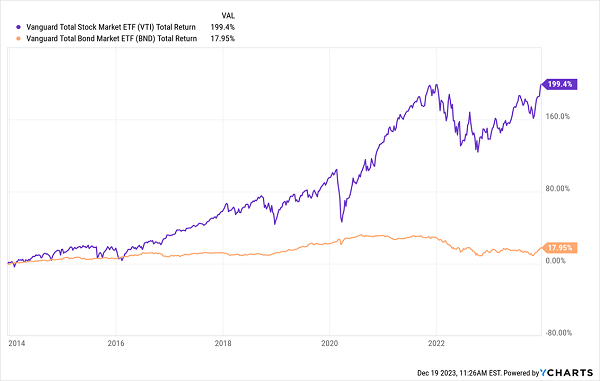As we return Mariah Carey to the ocean depths for another year, we turn our attention to our next seasonal siren—double-digit dividend stocks.
They are, after all, the perfect way to retire on dividends, right? Put $500,000 in a portfolio of 10% payers and we’re looking at $50,000 in annual dividend income. Plus we get to keep our principal.
Right?
Not always. Most double-digit divvies are “cheap for a reason.” These are dogs dressed up as dividend payers. But the payouts are often in danger. Which means price stability is equally dicey. Which is why we often say no thanks to these mega-headline yields.… Read more


Recent Comments